
Modern agriculture faces unprecedented challenges—climate volatility, labor shortages, and the urgent need for sustainability. Enter agricultural drones: high-tech tools reshaping how farmers monitor, manage, and maximize their fields. This article explores their revolutionary impact and what farmers should know to stay ahead.
- Precision Farming Takes Flight
Agricultural drones enable precision farming at unprecedented scales. Equipped with advanced sensors and AI, they:
- Map Soil Variability: Identify nutrient-deficient zones for targeted fertilization.
- Monitor Crop Health: Detect pests, diseases, and water stress weeks before visible symptoms.
- Optimize Inputs: Reduce fertilizer, pesticide, and water usage by 30–50% through data-driven application.
By replacing guesswork with granular insights, drones empower farmers to boost yields while shrinking environmental footprints.
- Key Applications Redefining Agriculture
Aerial Spraying & Seeding
Drones spray pesticides, herbicides, or bio-stimulants with centimeter accuracy, minimizing overspray. They also plant seeds in hard-to-reach areas, ideal for reforestation or uneven terrain. Crop Scouting & Disease Detection
Multispectral sensors capture plant health data (NDVI maps) to flag early signs of blight, fungal infections, or nutrient gaps. Thermal cameras even spot irrigation leaks. Yield Prediction & Harvest Planning
Machine learning algorithms analyze drone data to forecast yields, helping farmers optimize storage, labor, and market timing.
- Technical Features to Prioritize
When evaluating agricultural drones, consider these critical specs:
- Flight Duration: 25+ minutes per battery cycle for large-field coverage.
- Sensor Suite: Hyperspectral, LiDAR, or thermal sensors for detailed analytics.
- Payload Capacity: 10–20L tanks for efficient liquid or granular dispersal.
- Autonomy: AI-powered flight planning and obstacle avoidance for hands-free operation.
- Overcoming Adoption Challenges
While drones offer immense potential, farmers must navigate:
- Regulatory Hurdles: Compliance with local aviation laws and licensing requirements.
- Initial Costs: High-end models require significant investment (though ROI often justifies it).
- Data Management: Translating raw drone data into actionable insights requires software expertise.
Training programs and government subsidies are increasingly bridging these gaps globally.
- Sustainability Benefits You Can’t Ignore
Agricultural drones aren’t just profitable—they’re planet-friendly:
- Lower Chemical Runoff: Precision spraying protects waterways and soil health.
- Reduced Fuel Use: Drones consume 90% less energy than traditional crop-dusting planes.
- Carbon Monitoring: Some drones measure soil carbon levels, aiding regenerative practices.
- The Road Ahead: AI and Swarm Technology
Future innovations will amplify drone capabilities:
- AI-Driven Decisions: Real-time crop analytics will auto-prescribe treatments.
- Swarm Farming: Teams of drones collaborating to survey, spray, and plant vast areas.
- Blockchain Integration: Secure, transparent data sharing across supply chains.
Final Word: Embracing the Sky-High Shift
Agricultural drones are no longer optional—they’re essential for competitive, sustainable farming. By adopting this technology early, farmers gain a strategic edge: higher productivity, lower costs, and alignment with eco-conscious markets.
Ready to soar above the competition? Start by researching models that align with your crop type, field size, and sustainability goals. The future of farming is airborne—don’t let your fields get left on the ground.



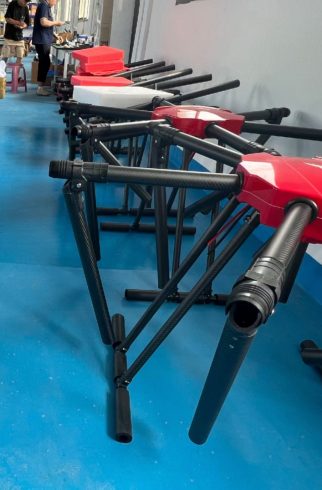
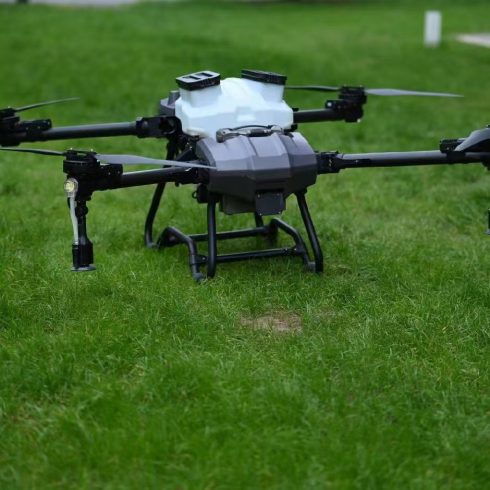

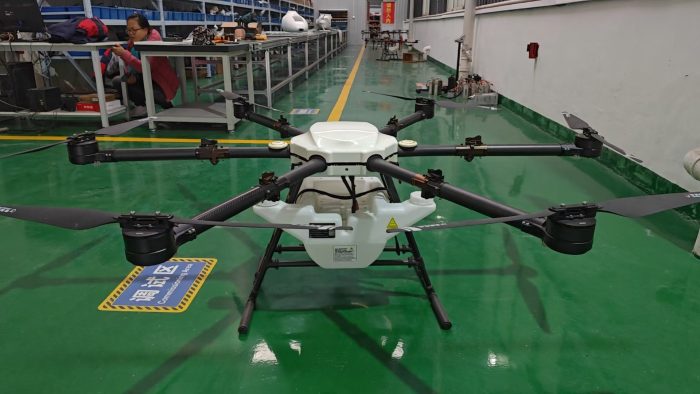
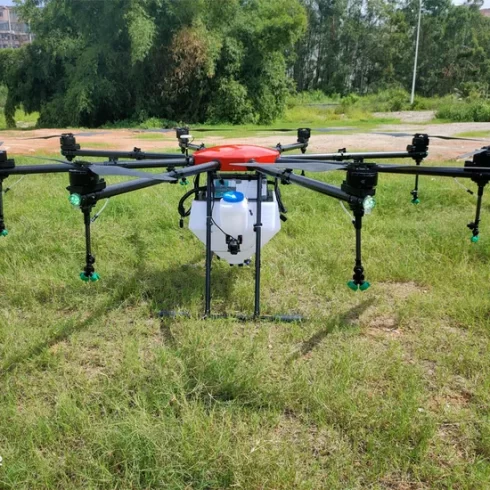
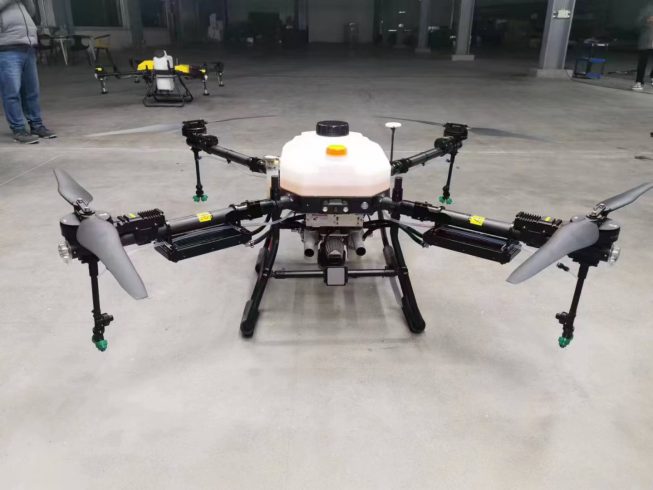
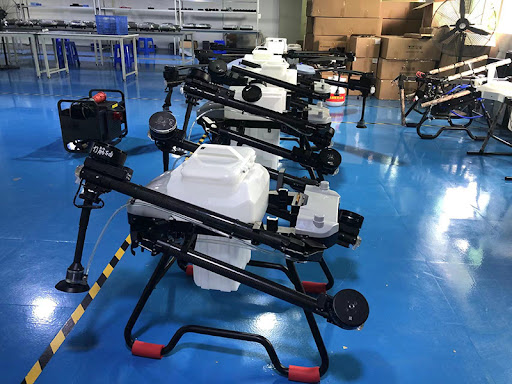

暂无评论内容